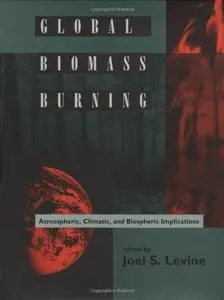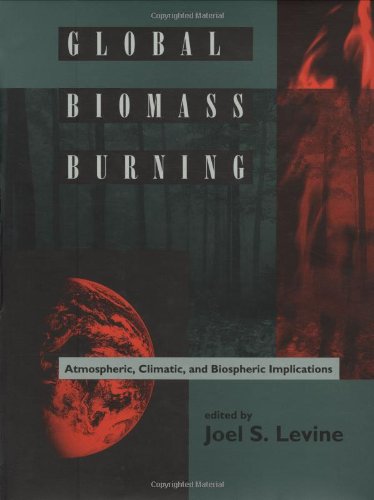Joel S. Levine, "Global Biomass Burning: Atmospheric, Climatic, and Biospheric Implications"
English | ISBN: 026212159X | 1991 | PDF | 599 pages | 46 MB
English | ISBN: 026212159X | 1991 | PDF | 599 pages | 46 MB
The burning of biomass - forests, grasslands, and agricultural fields after the harvest - is much more widespread and extensive than previously believed; most biomass burning is thought to be initiated by humans and is on the increase. This comprehensive volume is the first to consider biomass burning as a global phenomenon and to assess its impact on the atmosphere, on climate, and on the biosphere itself. The 63 chapters by 158 scientists - including leading biomass burn researchers from third-world countries, such as Brazil, Nigeria, Zaire, India, and China, where biomass burning is so prevalent - point to biomass burning as a significant driver of global change on our planet.Global Biomass Burning provides a convenient and current reference on such topics as the remote sensing of biomass burning from space, the geographical distribution of burning; the combustion products of burning in tropical, temperate, and boreal ecosystems; burning as a global source of atmospheric gases and particulates; the impact of biomass burning gases and particulates on global climate; and the role of biomass burning on biodiversity and past global extinctions.Also included are contributions on the importance of biomass burning from the International Geosphere-Biosphere Program: A Study of Global Change and from the International Global Atmospheric Chemistry Project, as well as policy options prepared by the U.S. Environmental Protection Agency for managing biomass burning to mitigate global climate change.Joel S. Levine is Senior Research Scientist in the Atmospheric Sciences Division, NASA Langley Research Center and is the Principal Investigator of NASA's research program on global biomass burning, Biospheric Research Program, Office of Space Sciences and Applications.



